WiseCleaner Think Tank
Encounter difficult computer problems?
All about maintenance and optimization of your Windows System.
Nov 28, 2022
Compared with ten years ago, today's computer hardware has undergone earth-shaking changes in both appearance and performance. From the perspective of the graphics card alone, while the size is gradually getting larger, the power consumption is also getting higher and higher unconsciously. Maybe 300W was enough before, but now the recommended power supply for the latest NVIDIA RTX 4090 is 1000W. How many watts are you using now? If you want to install a new computer, how many watts of power supply do you need?
Power supply is mainly applied to the motherboard of the computer and used as the power supply of the computer motherboard. Its biggest function is to convert the AC into a stable DC of different voltages that can be used by the computer. Its quality will also directly affect the normal and stable operation of the computer. If the power supply is not good, various problems will occur and affect normal use. Click here to learn more about the power supply unit on your computer.
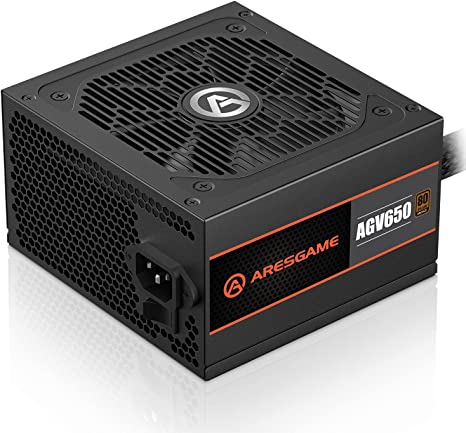
(Image source: amazon.com)
As an accessory like the "heart" in computer hardware, the change of power supply has always been stable and slow. Throughout the history of power supplies, major innovations are rare. The first time is the change from AT to ATX. The ATX specification is a motherboard and power supply structure standard formulated by Intel in 1995. This change allows the computer to normally shut down or start up, start up by itself, and sleep and wake up the computer.
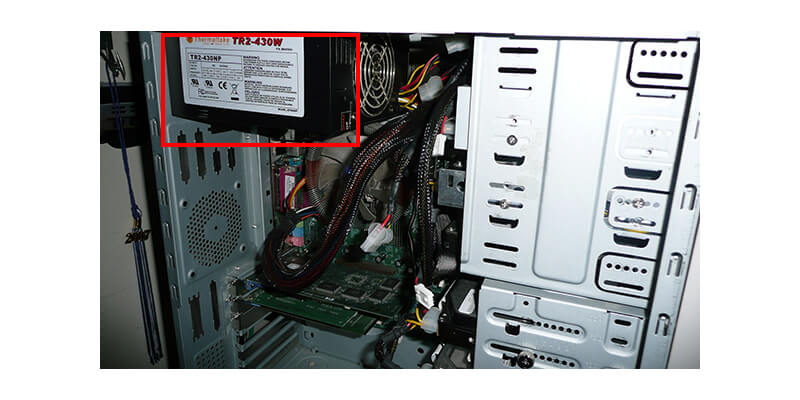
(Image source: wikipedia.org)
The second update is from ATX 1.0 to ATX 2.0. The most direct change is to increase the independent power supply of the CPU and upgrade the power plug of the motherboard from 20-Pin to the current 24-Pin. With the development of follow-up equipment, there have been many changes in the power supply, such as the power supply equipped with SATA hard disk and the independent power supply of the graphics card. The modularization of wiring has also become popular, but in general, it has not deviated from the scope of ATX 2.0.
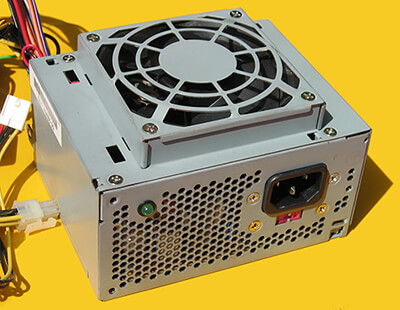
(Image source: wikipedia.org)
Starting from the NVIDIA RTX 30 series graphics cards, more powerful graphics cards have emerged one after another, and the rated power consumption has also jumped to a higher level. From the NVIDIA GTX 980Ti's 250W rated power consumption to the RTX 3090Ti's 450W. If you continue to use a power supply with a rated power consumption of 450W-600W, it seems a bit powerless. In order to solve the power requirements of high-power graphics cards, ATX 3.0 was officially announced in March of this year.
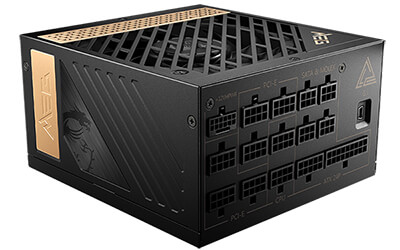
(Image source: msi.com)
The biggest upgrade of the ATX 3.0 is to further increase the output power, especially to strengthen the external power supply of the graphics card. The 3090Ti and the newly released 4090 graphics card both use the native 12V HPWR connector, which is the PCIe 5.0 external power supply connector. The full name of 12V HPWR is 12V High Power Connector. A set of wires can meet the power supply requirements of the latest graphics card without the need for adapter wires.
According to ATX 3.0 specification, the 12V HPWR connector has four levels of maximum power output: 150W, 300W, 450W, and 600W, and requires a power mark on the plug. The connector form is changed from 8-pin powered by PCIe to 16-pin (12+4pin to be precise), and the plug volume is much smaller than 8-pin. Among them, the 12-pin is responsible for the power supply, and the smaller 4-pin is a signal line, which is responsible for the communication between the PCIe 5.0 graphics card and power supply, and determines the limit of the power supply when the power is on.
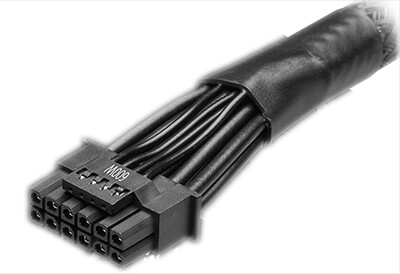
(Image source: msi.com)
You will ask: Is it better to choose a power supply with a higher power? The higher the power of the power supply, the higher the requirements for the manufacturing process, and the price is more expensive. The higher the power supply used by the same power consumption platform, the lower the load on the power supply. When the load of the power supply is lower than 50%, the conversion efficiency is lower, so there will be more waste of electric energy, and choosing a high-power power supply is not worth the loss.
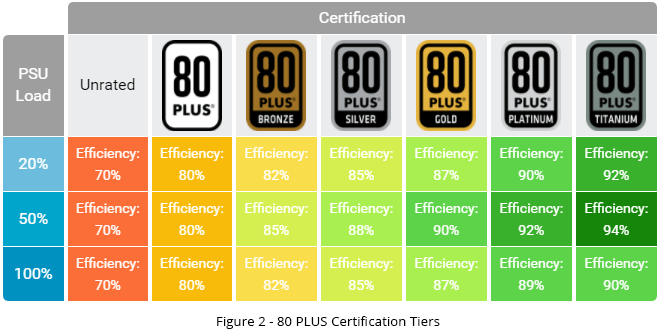
(Image source: vectorization.eu)
Therefore, when you choose a power supply, you should match the power supply according to the platform's power consumption. If you consider the future upgrade needs, you can leave a large margin for the power supply. The premise is to choose those high-quality power supplies, such as those with 80 POLUS certification. Titanium certification is even better.
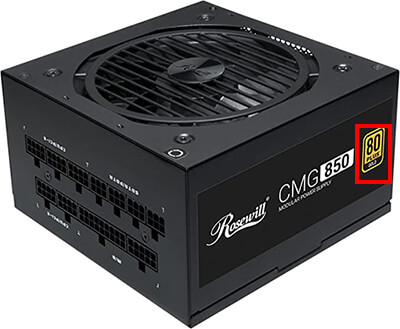
(Image source: amazon.com)
If you are or will use the newly launched RTX 40 series graphics card, we also recommend using a 1000W power supply, which can not only allow the graphics card to fully release its performance potential but also ensure a stable computer.
wisecleaner uses cookies to improve content and ensure you get the best experience on our website. Continue to browse our website agreeing to our privacy policy.
I Accept